Il Vecchio
I have heard about this game but the board and gameplay did not immediately grab me so I was interested to give it a go before I pulled the trigger. The game is quite easy to teach and learn and to play but it does have strategies and would border on the light-medium difficulty. During your turn, you can choose to activate your family member (to get resources basically), go into a city's track (to score points and get benefits), to roll dice and place new family member (spawn new workers) or recover your family members and get 1 florin (stand up your workers). That is the gist of the game! Quite easy to learn huh? The game has quite a lot of symbols thus making learning the game quite easy and the player aid is very helpful as they include details of each action and the end game scorings. Theme wise though its non existent but it doesn't make it any less enjoyable. The unique part of this game is the middleman feature. At each location, if you want to activate your family member there and a middleman token is there as well, you can put your family member at rest and get the resource and move the middleman to the next town location (middleman follow a set path around the board). Alternatively, you can spend a bishop token to get the resource without having a middleman and/or abstain from resting your family member. During the game, you are constantly thinking when is the opportune time to grab a resource and if it will cause the middleman to move to another town which will benefit your opponent. You are also wondering when to go into the various city tracks as they will give you benefits (1 time benefits like resources etc), give you end game scoring and if you have majority, provide you more points as well at the end. There are some quirky parts in the game. For example, the board is 2-sided but the only difference is the color tones used. I wish they could have just given a different board so you have 2 sides to choose from to play. Adds to the replayability.
What surprised me was how simple the game is to learn, teach and play. In the games I have played so far, most players will often just go about getting resources and placing their family members in the outer tracks and then, mid way through the game, aim for the center tracks as these give tiles that provide a constant benefit or end game scoring tiles. In most other types of games, players usually have a end game objective(s) and thus know how to go about playing the game to score. This game allows you to just play the game or try to get the end game objective cards and then play the game. Interesting decisions to be made and quite fun. Recommended!
The Gnomes of Zavandor
In this game, players are trying to get resources in the form of 4 types of gems either from actual digging and obtaining them from the mines OR manipulation of the market and then converting these gems into actual inventions / products to score points. Once a player has scored 16 points, that will trigger the game end and whoever has the most points will win the game. When we started this game, we were very puzzled because the way the market moved is quite unusual and something we have not encountered before. During the game round, whenever you purchase or sell gems, no matter the amount, it will only move up or down by 1 slot respectively. Thus the number of times the buy/sell action is triggered will determine how many spaces it moves up and down. In addition, whenever a player builds something and pays gems, the market prices for that gem will move up by that many spaces (i.e pay 4 blue gems, price for blue will increase by 4!). Prices will only drop when players get gems due to the tokens they have collected when they dug in the mines. So the more gems that are being extracted to the players, the faster the prices will drop.
The trader ability is very powerful as it allows you to frequently convert gems to a color that you want. Initially, it was pretty confusing what was happening as this is looked like it was a mining game but we quickly realised its a stock market game instead. Once I got into the groove of things, I was busy building up an engine to get money and gems but I took too long and once my opponent started to make products which netted him points, it was hard to come back from. Apparently the products are also stacked such that the earlier you can make the products, the higher points you will net. Interesting choice of using cards as gems instead of having actual gem tokens because all knowledge (except money) is open knowledge. Might have increased the enjoyment factor if they used gem tokens instead.
Intriguing game but I doubt I will want to play it again though. Besides, where else can you find a game where the start player is SO BIG that it kinda dwarfs the game board? lol.....
Tokaido
When I first heard about this game, I was very intrigued as the art is very nice and the overall presentation of the board is fantastic. When I heard about the demo at GENCON 2012, I immediately searched for it in the big hall. However when I finally saw the copy, I was kinda disappointed. The quality of the components felt like a let down for me. I was still debating on whether to get myself a copy when I read the reviews and there were some issues here and there. Thus I was quite excited to be able to try it when my friend purchased a copy.
The game itself is very simple and straight forward. During your turn, you choose where to venture to (but must stop at each rest stop along the way). There are a few ways to score points and these are denoted by locations along the trail. You can visit a store to buy gifts, visit a location to see vistas (3 different types), visit the temple and offer donations, take a bath and have an encounter with a stranger. The player who is furthest behind on the trail will play his turn. When all players have arrived at a stop though (and ate something there), then the player who is last in will move off first.
Game ends when all players have reached the final stop. Then players will see who has majority in each of the sections mentioned above and the player with the most points will win the game.
I would say this is a light game and because of the character cards available, that will add a bit more tactical element to the game. The characters often favor 1 type of action (for example, the character I had gave me extra coin from the bank when I perform the temple action) and help you to strategise on what to do. Its not a bad game but I do wish the components felt higher quality than what they currently have. Its like an exercise in graphical design which did very well but execution could have been better. Oh and the bits used to represent your points are SO TINY that it could be a child hazard. OK for me.
Bora Bora
Ah.... first of Stefan Feld's 4 releases in 2013. Very highly anticipated and we managed to get our copies! I do love shopping online :) So what is the game like? Well to me it felt like Kingsburg due to the dice placement mechanism which is the main feature as these will provide you the actions during the game. The rest though felt very much like Trajan in that there are SO MANY things you want to do and can get distracted along the way but you only have limited actions to perform per round. The game is in 3 phases. First players will roll their dice concurrently and then, in player order, place 1 of their die on any of the action cards available. The only condition is your die must be lower than any existing die on that card. Then you perform the action. Play continues until all players have placed their die. Then Phase B begins and all players, in player order, activate 1 Man and 1 Woman tile on their player board. After that, Phase C begins and we resolve 4 sections of the board to score points, determine new starting player, buy jewellery tiles and complete objectives. The game lasts 6 rounds and after that, perform end game objectives and scoring and whoever has the most points will win the game.
The game itself has a lot of moving components. It s probably hard to grasp everything at once if you are playing this for the first time. Kinda like Stefan's other game, Trajan. There are really a lot of things to do and the 6 basic actions you can do can be utilized such that you activate sub actions. There are also god cards which "break" the rules of the game thus you have even more actions. It also doesn't help that the player board is very busy because all the symbols required for the game are crammed into the board which makes it kinda overwhelming but only at first. Surprisingly, after your first round, you will kinda get the hang of things and should be able to continue the game very smoothly which is a testament to the design of the game and the symbols used. And because what other players do can affect you greatly, there will be a lot of screwage involved in this game. It has just enough of that tactical decision and strategy that makes me glad I got my own copy of the game.
End game scoring wise, for a first game, most players can get around 150+ points which, if you are used to Stefan's games, seems to be the norm. All in all, this is an excellent game and I definitely recommend it! Makes me eager to see the other 3 games Stefan has lined up for 2013!
Yedo
I was hesitant to pull the trigger on this one but since I needed some package stuffer (to make up for the delivery charges), I decided to grab a copy. Yedo feels like Lords of Waterdeep but advanced. At the start of each round, there will first be an auction. You can get action cards which can be played during the game to affect players, grab end game objective cards that will score points at the end, get a weapon tile (used for completing missions), build a annex in your estate (which gives you certain benefits), pay for a new worker, buy a geisha (for completing missions) and get a mission card (from 4 different difficulties). After that is done, an event card will be turned over and the market for weapons is replenished. Then players will now, in player order, place a worker in one of the 7 areas available provided there are also free spaces for that area. After which, the watchman will move a space, depending on its color clockwise or counter clockwise and players will have a chance to influence the watchman to move extra spaces. All workers that are in the same area as the watchman after it has stopped will be placed back into reserve unless they have cards which will prevent this from happening. Then players will, in turn order, activate one of their workers to perform the action. During this phase, you can use the worker to complete a mission OR get the benefit of that area. Then a round is done. Phew, are you still with me? Ok good.... then you need to repeat this for ELEVEN times (yes its a 11 round game) unless someone managed to complete a hardest difficulty mission which kills the King and ends the game earlier.
As mentioned, you are effectively trying to gather resources from various locations and completing as much mission cards as you can. Mission cards have a standard reward and a bonus reward and usually provide you more money and/or resources and cards. However, unlike Lords of Waterdeep, you don't have an end game objective which will help shape the strategies that you are employing. Unless you have obtained an end game card, you are pretty much just trying to complete missions during your turn and hope they score you points and provide you resources to complete even more missions. Which leds me to whats good and whats bad about this game.
The game board is quite pretty and nice to look at but rather busy. The symbols used are also quite straight forward and easy to read and see. Components wise is pretty ok but the cardboard bits used for the weapons and geisha etc are thin. The mission cards are a rather odd (like tarot size) shape and hard to find sleeves for. Art wise is pretty nice and the mission cards have fluff which makes sense when you look at what is required to complete your mission so that's a nice touch. The game I feel, lasts way too long. ELEVEN rounds of performing the same things which is basically to complete objectives seems way too long, It might have been better if it is only half as long. The action and end game objective cards are also not particularly helpful. We did not really use many of them during the game. So while this seems like Lords of Waterdeep, I feel that Lords of Waterdeep seems to have executed it better. Besides, Lords of Waterdeep will be having an expansion out soon so I would prefer to wait for it. Still this is a try before you buy.
Mutant Meeples
I have heard of this game from Garrett's games and geekiness podcast and was intrigued by it. I had liked roborally and I had thought this was similar. Boy was I wrong. In this game, players are trying to see how many steps they can propose to try to get 1 Mutant Meeple to the crime scene. At the start, a player will draw 2 discs which will denote where the crime will occur. Then all players will try to propose a suitable plan of using up to 3 Mutant Meeples to try to land one of them onto the crime scene. The first player to propose will then flip a timer over and the rest of the players have another 30 seconds to propose as well. Once the timer is up, the player who has proposed the smallest number of steps required (in total) will show how it can be achieved. If it can, then the Mutant Meeple that has landed on the Crime Scene will be flipped to the tick side on the player's board. The first player who has 6 ticked Mutant Meeples will win the game.
The interesting portion of the game is that each of the meeples have a special power. For example, one of them can side step, another can go through walls. Make no mistake though, while this is a puzzle game, it can be very brain burning. There is also not much interaction as most of the time players are just staring at the board trying to figure out the moves in their heads. Half the players that were with us did not really get it at the beginning and only realised whats happening near the middle of the game. I am still mixed about this game because while I like the puzzle aspect of the game, there seems to be a large lack of interaction amongst the players which I do not like. I will need to play this a few more times to have a better grasp of the game. Try before you buy!
Bookmaker
After Long Shot, I have been always looking out for another horse racing game that will take its place. I decided to give this a go. After reading the rules though, I was apprehensive about how this game will be like as there seems to be some odd rule bits that I was unclear of. It does not help that on BGG there is not much activity for the game. So have I bought a lemon? Hmmm...
Since we had 6 players yesterday, I decided to bring this out and see how it works. We did not play with the rule where you can change bets because it seems to break the flow. Since players are betting concurrently with the bookmakers, it seems odd that the bookmaker can stop everything and change the bets and continue again thus the break in flow to me. There are horse cards in the game, 4 of which will be placed in the open and all players will receive 4 cards as well. Then the bookmakers (there are always 2 per round) will exchange 2 cards between themselves. Thus in this way, bookmakers will have a view of 10 cards each. Now they will write down the odds and players will then place bets with the bookmakers they want (btw the game comes with paper money instead of the chips as seen). Once all players have placed at least 1 bet (bookmakers may bet with each other but are not required to), the race will begin!
The rest of the horse cards will now be in play. Draw and reveal a horse card one at a time. The horse shown on the horse card will move a step in the race each time it is revealed. The first horse that passes the finishing line will win. Bookmakers will now pay out for the winning horse. Then the 2 players to the left will now be the new bookmakers and play continues until at least each player had a chance to be a bookmaker.
This is a party game. Pretty much depends on the group and how fun it will be. We had a friend who drummed up the excitement as he revealed each horse card so that was certainly helpful. But as party game goes, I am not too sure about this. Try before you buy!
GENCON 2013!
YEAH! I have received confirmation of my Press Pass for GENCON 2013! Which means I will be able to start to plan on what I want to do at GENCON. Definitely I will try to meetup with Tom and Eric from the Dicetower. At the same time, I want to meet with friends I have made like Joel and Stephen and play some games with them. With regards to podcasting or reporting, I will plan to do the same as last year where I twittered my pictures in real time and I hoped that was helpful to others. I will see if its possible for me to record my impressions at the end of each day and upload for distribution. I hope to also have a few interviews and perhaps try for some mass podcast episodes with the other podcasters. So it will either be me updating this blog or have a verbal podcast update every night. Its ambitious I know but lets see what can be done!
STAY TUNED! :)
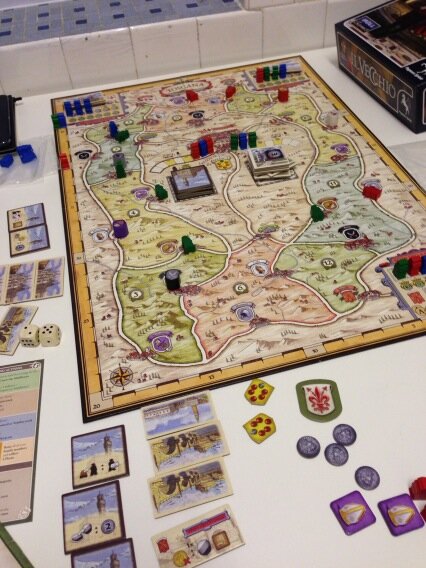
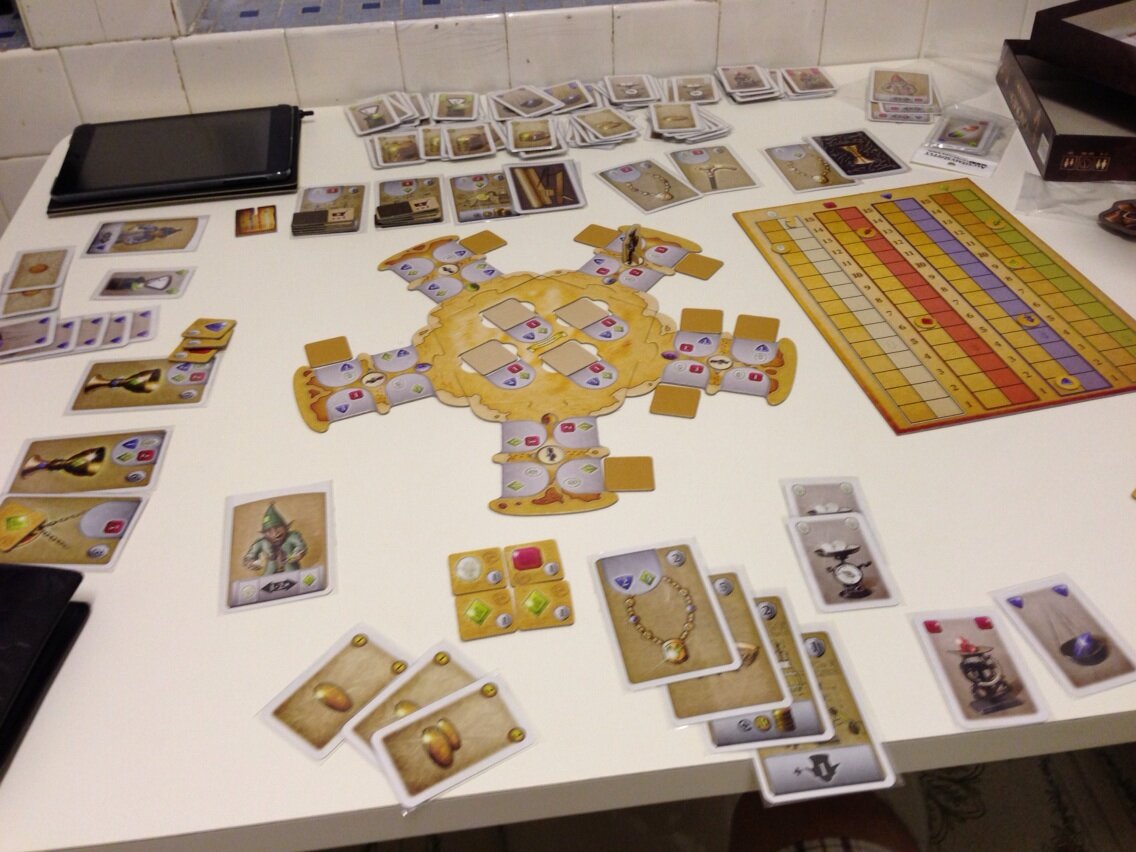
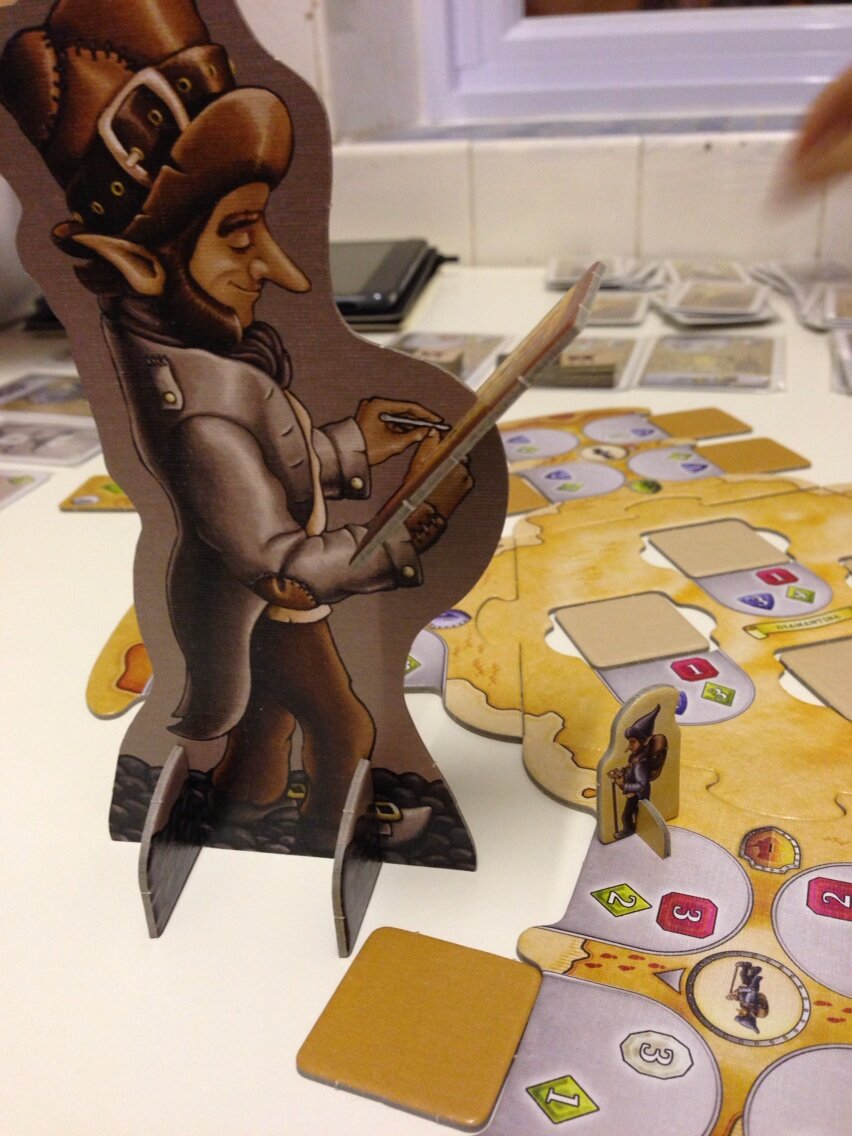
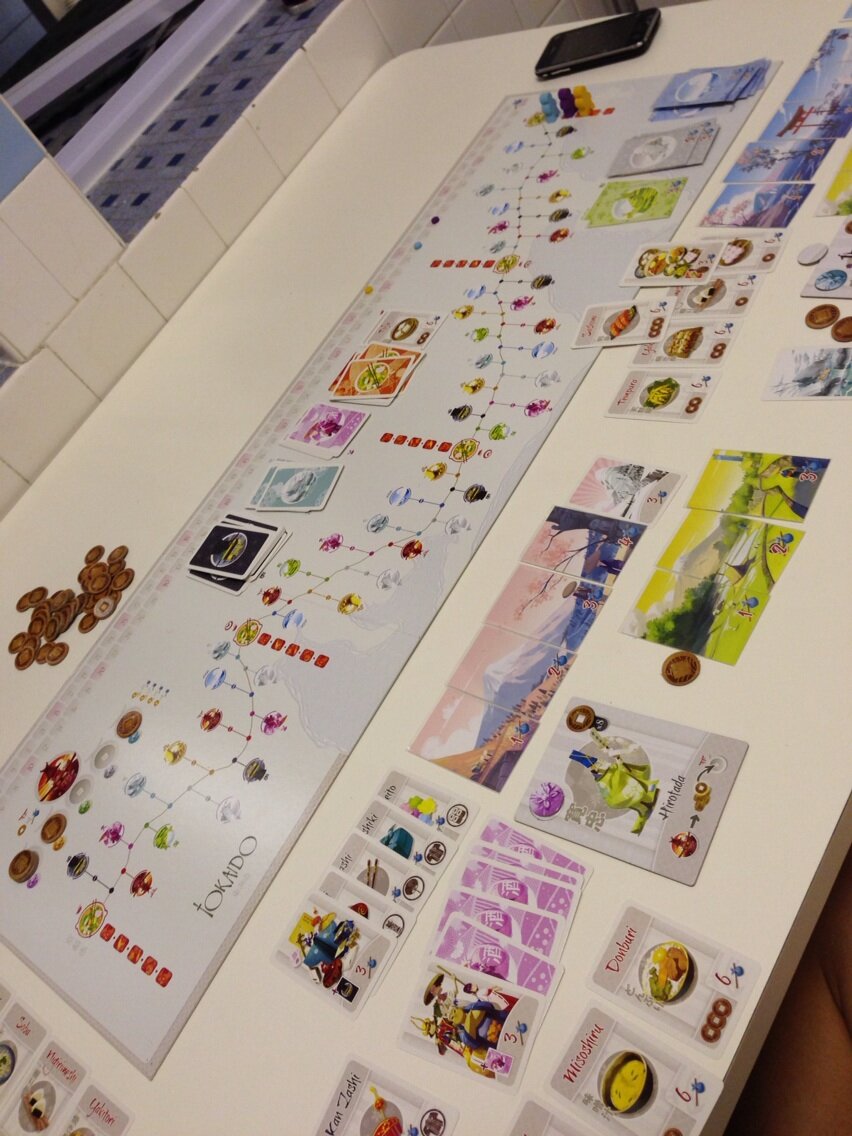
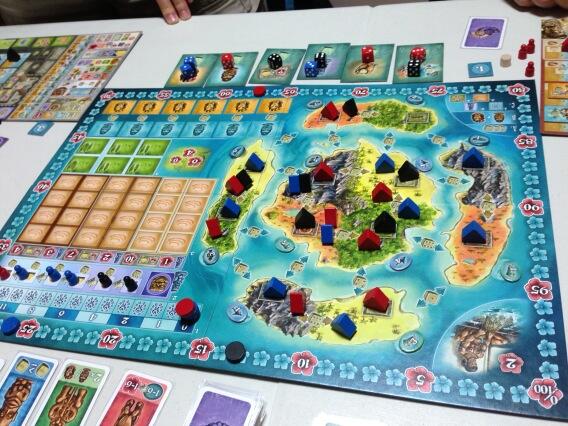
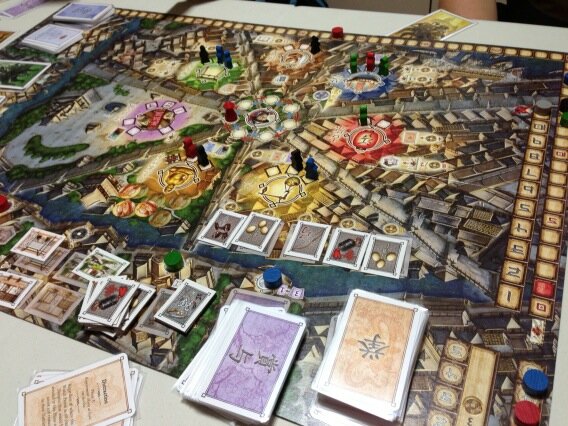
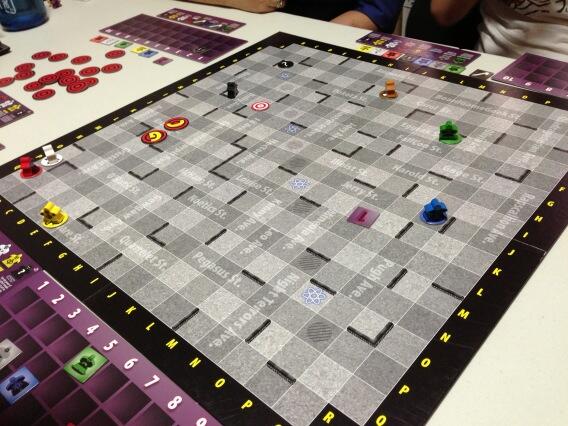
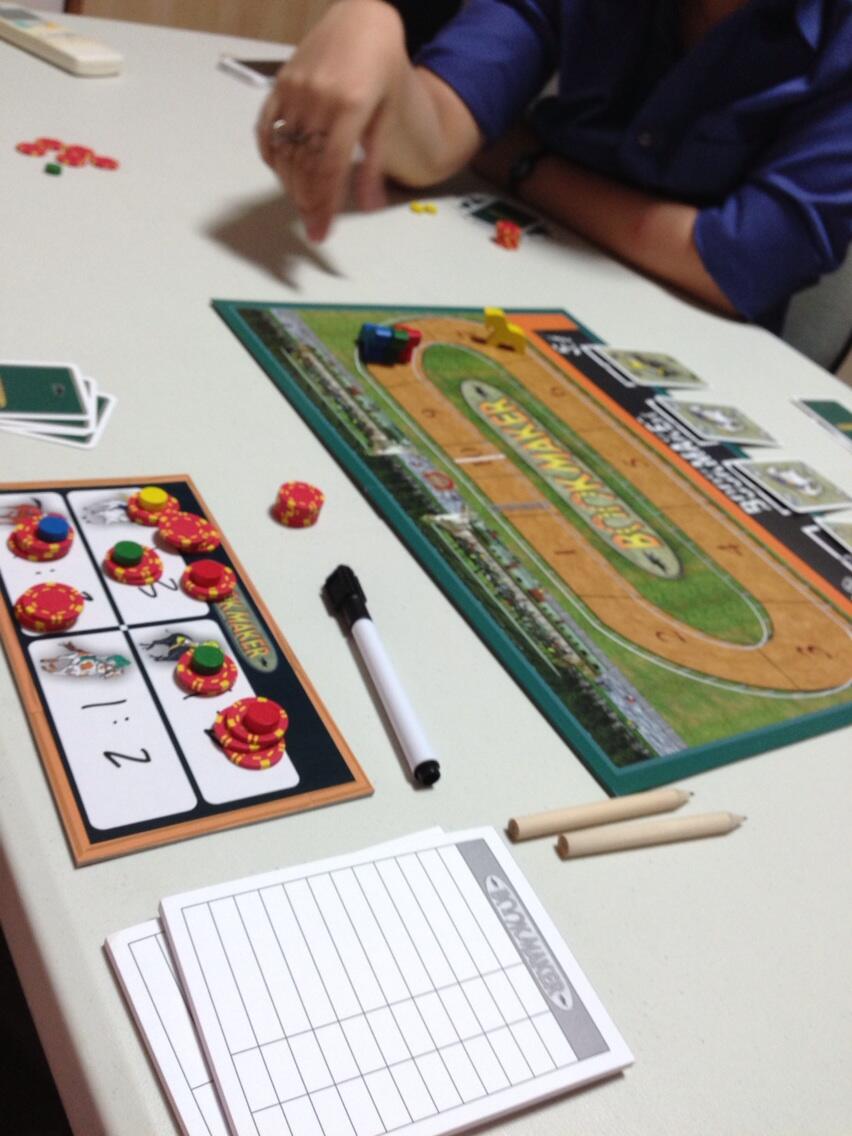
It's Stefan Feld, not Stephen.
ReplyDeleteah thanks! corrected :)
ReplyDelete